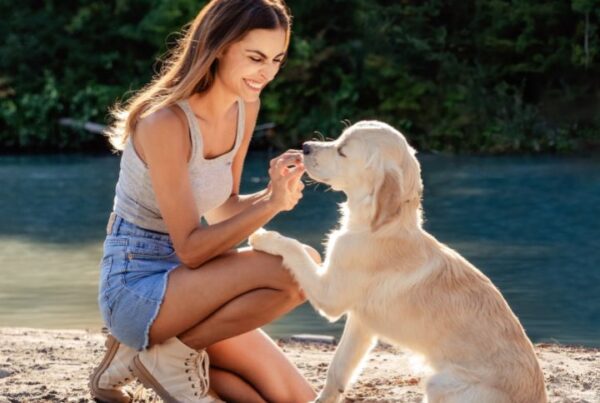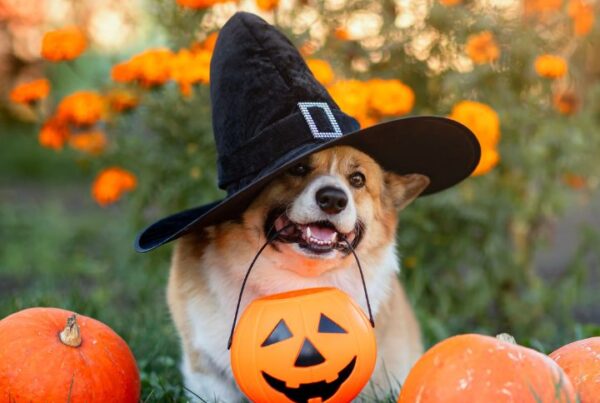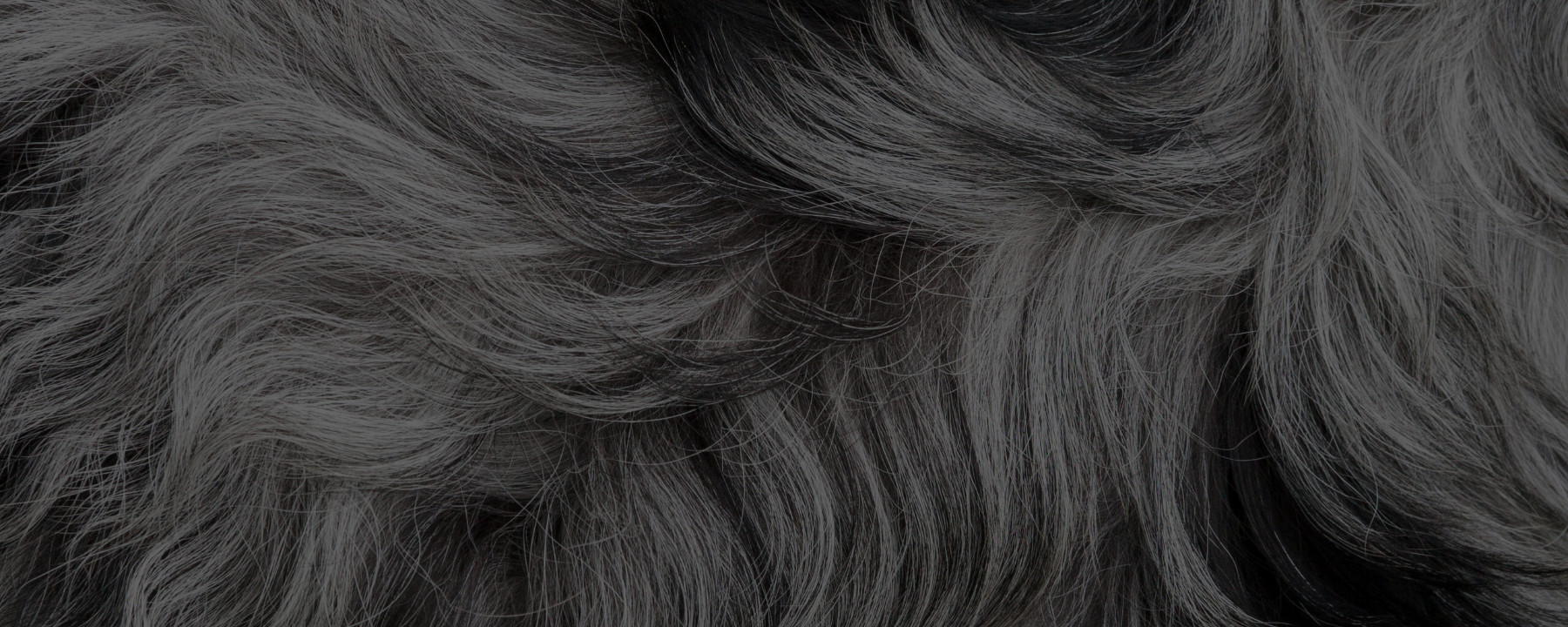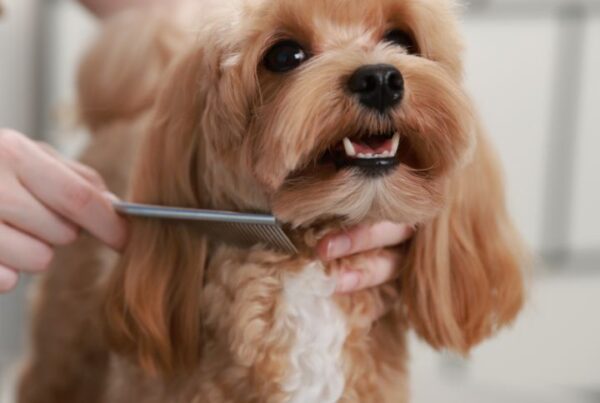Dog groomers know that keeping a dog’s coat healthy is the most important part of their job. To do this, groomers must be highly knowledgeable about coat types! Many different types of dogs will come into your grooming salon, so it is essential to have a strong understanding of dog groups, coat types, and how to properly groom each pup so he can enjoy a healthy life.
You’ll learn how to make these distinctions in your dog grooming course, but we’ve put together four ways to identify a dog’s coat type for reference!
1. Know dog groups
While groomers need to be familiar with many different types of dog breeds, it’s equally important to understand the different dog groups. Each group of dogs has its own unique set of characteristics. Knowing these groups will be helpful in understanding what their coat needs. Here are seven major dog groups:
- Sporting dogs
- Golden Retriever, Cocker Spaniel, English Setter
- Working dogs
- Great Dane, Saint Bernard, Boxer
- Herding dogs
- Border Collie, Belgian Sheepdog, Australian Shepherd
- Terrier dogs
- Australian Terrier, Border Terrier, Bull Terrier
- Toy dogs
- Chihuahua, Pomeranian, Toy Poodle
- Hound dogs
- Bloodhound, Beagle, Greyhound
- Non-sporting dogs
- Dalmatian, Chow Chow, Bichon Frise
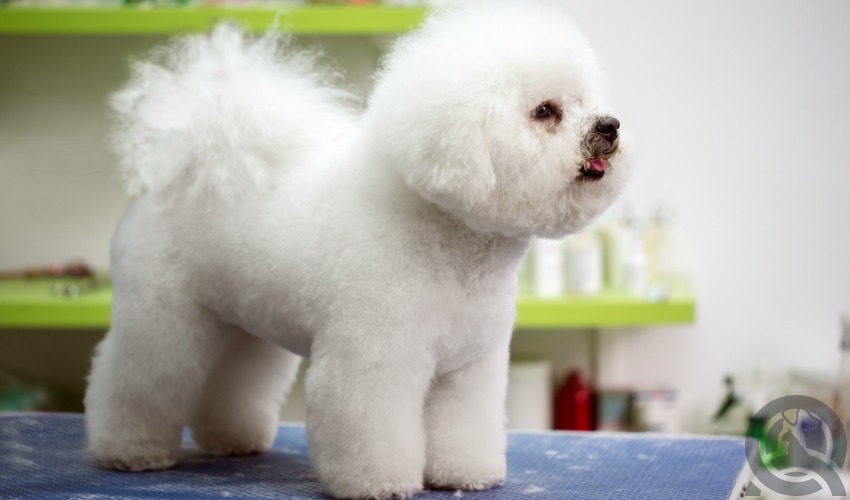
Becoming familiar with these seven groups and researching into the characteristics and coat types of each breed is an excellent way to educate yourself as a dog groomer. It’s also a great foundation to help you recognize certain types of coats.
2. Look for specific characteristics
There are many different coat types, which can be intimidating for dog groomers who don’t have a great deal of experience or prior training. Don’t fret—each coat has its own distinguishing characteristics. With some practice, you’ll recognize them immediately after meeting a furry client for the first time.
Here are 9 major coat types to keep in mind:
- Smooth coats
- Short coats
- Combination coats
- Double coats
- Heavy coats
- Silky coats
- Wire coats
- Curly coats
- Corded coats
The great news is that some of these coat types are obvious – you’ll likely recognize a curly or heavy coat at first glance. However, others such as combination, double, and wire coats are a little trickier to spot.
In the case of a combination coat, the dog’s hair will have areas that are long and others that are short, which isn’t a tough characteristic to notice. A double coat is a little bit more complicated as it consists of two layers – a thick, soft undercoat and a coarse topcoat. As a groomer, you likely won’t be able to name this coat just by looking at it. You’ll need to get more hands-on in order to identify the coat, which brings us to our next point on the list…
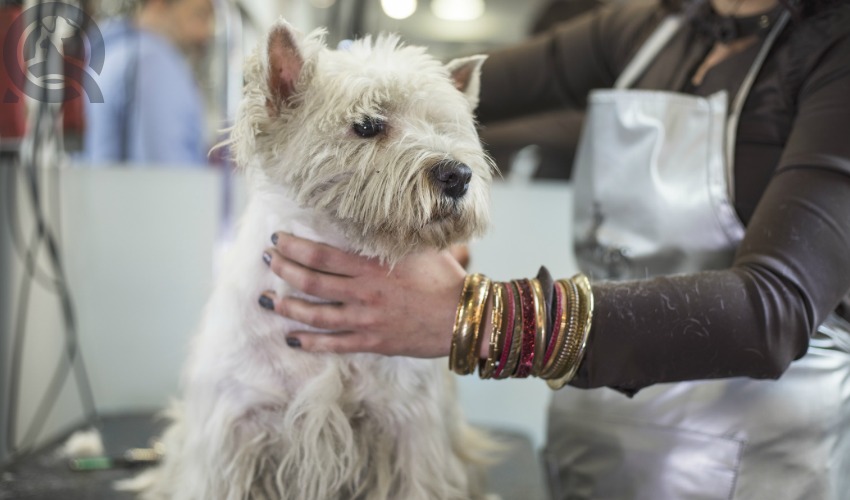
3. Use your hands
Dog groomers are hands-on people. After all, you’re brushing and bathing pups every day. When it comes to identifying coat types, the best to find out and get to know the dog, too, is with your hands or a brush. As mentioned earlier, it is very important to know your dog breeds! These variations in coat types will change how you approach the groom. Being able to name the dog’s coat type the minute they walk through your door is the tell of a true master groomer!
For example, when a Scottish Terrier goes into a grooming salon, groomers will not have to do too much work to learn their coat type—a dog grooming course will teach you that Scottish Terriers have wire coats. As a result, groomers will use a slicker brush to comb and detangle his fur, followed by a de-shedding blade to remove the undercoat.
If you’re a new dog groomer or have not yet obtained your dog groomer certificate, you won’t be able to easily identify the coat of the Scottish Terrier who walks into your salon. But don’t worry – once the dog is on the grooming table, run your hands through his coat. If it is rough and bristly, it is probably a wire coat.
Alternatively, if a Siberian Husky finds himself in your grooming salon, a quick evaluation of his coat with your hands will tell you that his topcoat is coarse while his undercoat is soft. In this case, he has a double coat and must be groomed accordingly to ensure his coat is healthy and there aren’t any tangles.
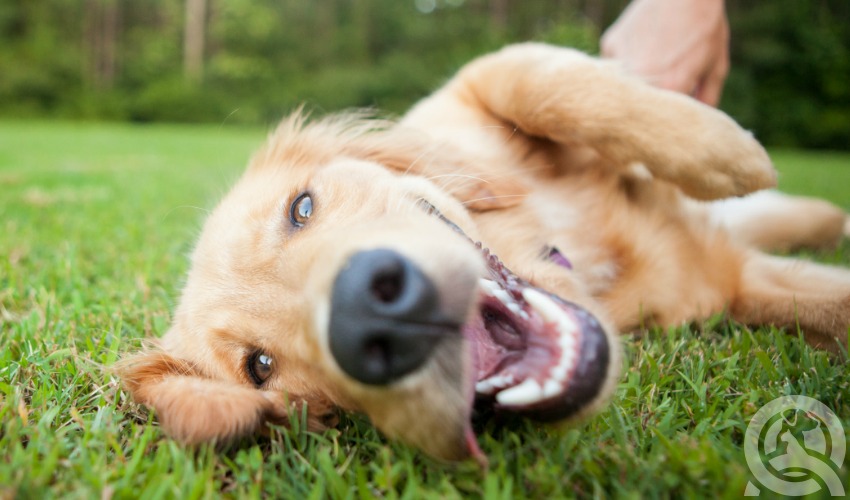
4. Consider the dog’s lifestyle
This is a big one! Different dog breeds will have different coat types, which is a result of selective breeding. As the dog groomer, you need to communicate with the owner to determine what kind of lifestyle their dog has. Just because a Husky has a thick topcoat doesn’t mean that they are spending all of their time in the cold outdoors!
Getting to know both your client and their dog will allow you to understand what their dog’s life is like from day to day. Do they spend a lot of time outside? Are they more of an indoor animal? If a Husky comes to your salon with a tangled or matted double coat, you need to be able to groom it properly so it can look and feel its best.
Remember, never shave a double coat! Shaving will interfere with the dog’s ability to regulate its body temperature (and even avoid sunburns!). Trim the coat instead. Do so in a way that will allow the dog to enjoy its daily routine!
What about dogs with mixed origin? We have a guide to grooming mixed-breed dogs, too!
